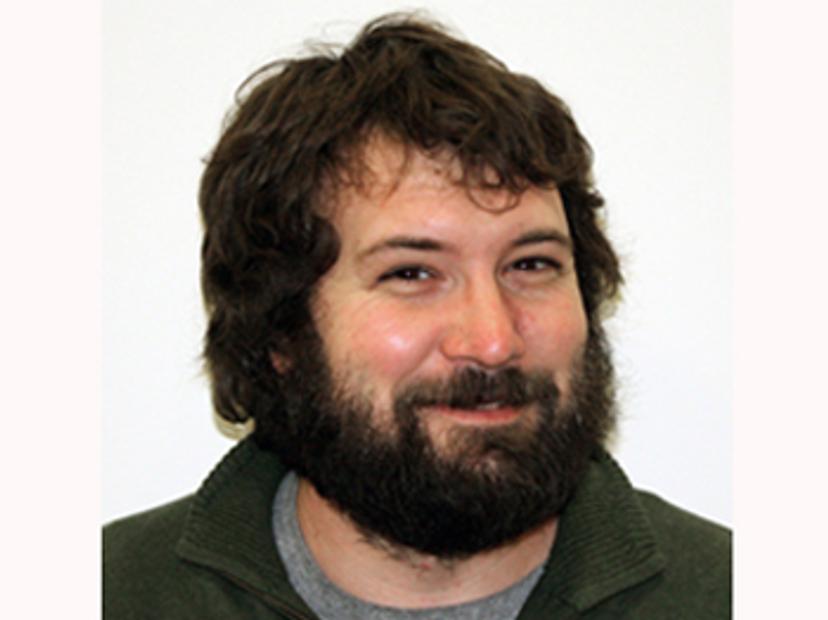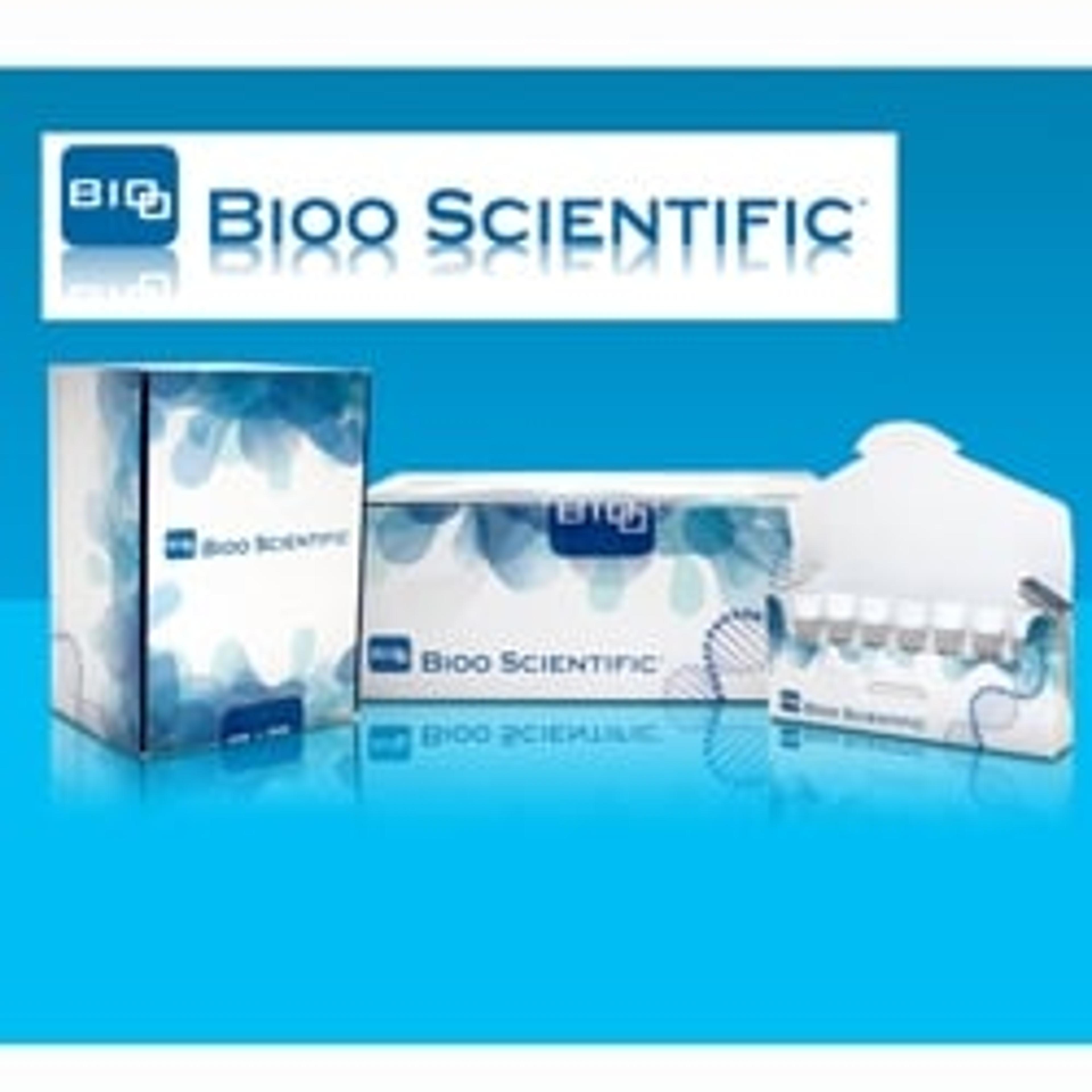NGS Webinar Highlights: Multiplexed Illumina® Sequencing and Eliminating False Positives
Missed our fascinating NGS webinar? Catch up on demand and read the Q&A highlights below
13 Jun 2018

In a recent SelectScience webinar, we were joined by next-generation sequencing expert Brad Hehli, who delivered a comprehensive and compelling webinar on how to avoid sequencing alignment errors using an innovative approach: dual indexing.
NGS is one of the most revolutionary technological advances of the century; providing insight into health and disease at the deepest possible level. What’s more, the platform has evolved to encompass sample multiplexing at much greater process speeds. Now, with dual indexing, you can eliminate the margin for error to streamline the process even further. You can catch the webinar on demand here, or read on to discover the Q&A highlights from the live event.
Question and Answer Session
Q: What happens to the lost reads in a misassigned UDI, are they recoverable or informative?
A: What happens is that they bind with the undetermined file. The index that is detected and assigned to these reads doesn’t exist in your sample sheet or in your sample manifest, so the machine doesn’t know what to do with them. As a result, it piles them into the undetermined file. There are ways with clever bioinformatics that you could recover with these, but why would you want to do that? You don’t know where these reads should be assigned, so this type of data should be disregarded.
Q: Why are HPLC oligos less pure than desalting? Shouldn’t they be purer?
A: That’s a good question and I guess that depends on how we determine purity. HPLC purifies strictly by 5’, and therefore the oligos will all be the same size. You will see in desalting that whilst you have a lot of oligos that are the wrong size, they are not contaminated with other barcodes. HPLC oligos can become impure if you have been reusing columns; small but measurable quantities of previously used adapters can contaminate your samples.
Q: What sequencing applications are UDIs most suited for?
A: UDIs are most suited for anything where you really can’t tolerate more than 1% of your data being incorrect. If 1% is a threshold you can live with, where data could be coming from a control or negative, then the UDI cost/benefit might not be worth it.
Q: Why is validating each loss of adaptors by sequencing important?
A: As we have seen from the presentation and what we’ve seen internally as well, mistakes are made in oligonucleotide synthesis, as well in the purification process. Measurable quantities of barcodes can and may end up in other barcodes. By sequence validating, therefore, you know that the barcode you are assigning is what is going to be there. You never want to end up in a situation where you are barcoding with A, B and C, and actually C was mostly D, because unfortunately that can happen. So sequence validating your barcodes is very important. You really want to know that either your manufacturer is doing that for you, or if you are making them yourself, that the barcodes are what you think they are.
Click here to browse other free, educational webinars coming up or available now, on demand

